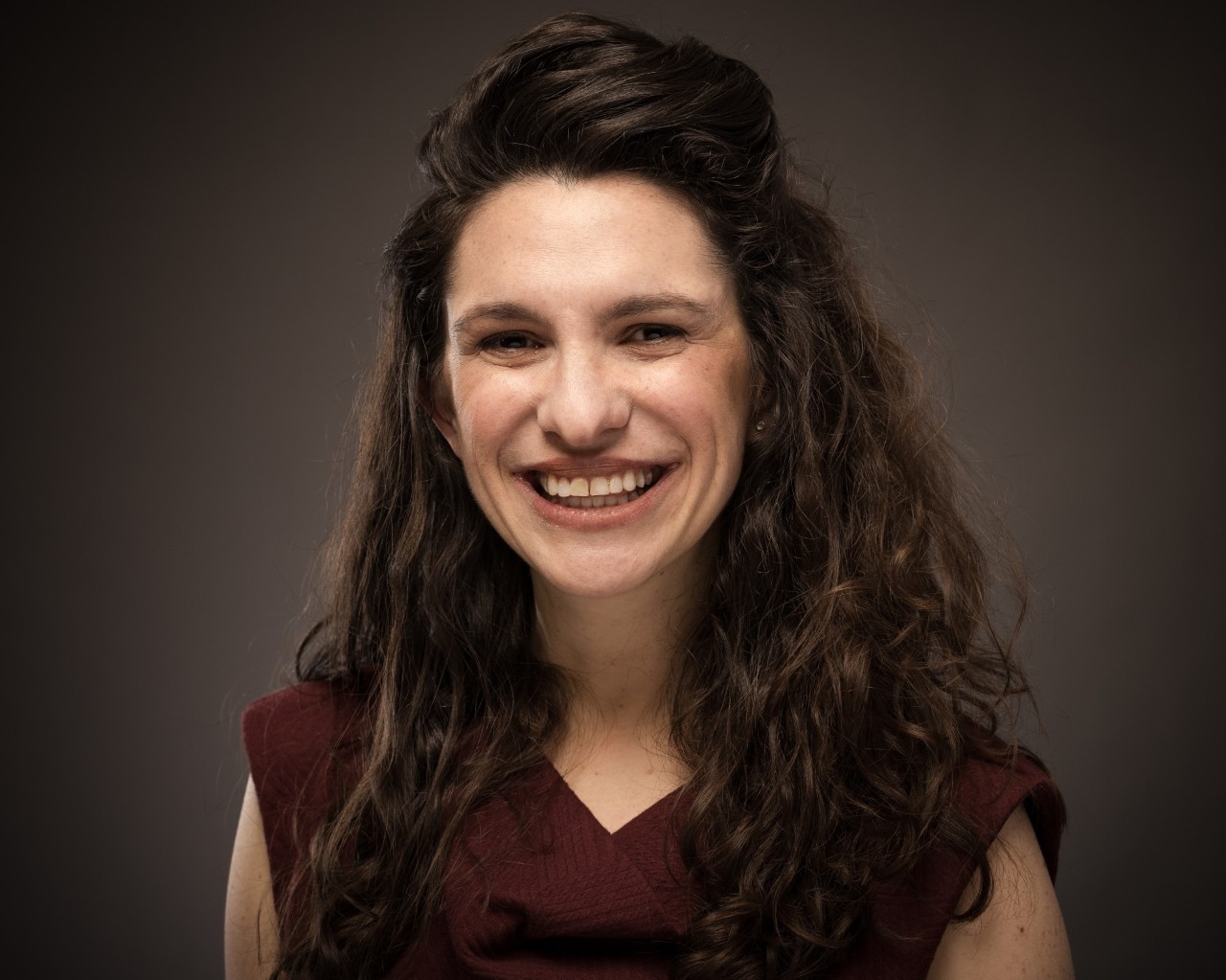
Growing up in a Jewish home on Long Island, New York, Dr. Kimberly Lazzeri was surrounded by Yiddish phrases and sayings. Though she never learned to speak the language, which is a dialect of German mixed with Hebrew, it was a major part of the lives of both sides of her family. Her father spoke it at home as a child, and his older brother started school in America without knowing any English. In 2023, shortly before applying for sabbatical, she learned about the recent release of the late Robert De Cormier's Yiddish Folksong Project Anthology, a collection of arrangements that inspired her to explore her cultural background during her time off. Compiled by conductor John Yaffé, the book’s release featured translations of the traditional songs, as well as background information on each selection. The result of her study was Freylekh, an album in which Dr. Lazzeri—associate professor of voice at NKU—sings in Yiddish for the first time, created in collaboration with fellow faculty Dr. William Herzog and Dr. Christina Seal on violin and piano, respectively.
Accustomed to singing in the classical style, Dr. Lazzeri says that De Cormier’s arrangements allowed her to elevate the traditional songs to a style suitable for a performance in a recital or concert.
“There’s a different feel in every style, and I think for these songs to feel authentic, they needed to be focused on the text in the story and the expression,” she says. “I was thinking less about a perfect bel canto legato line and more about what vocal stylings I could use to best express the sentiments of the text.”
“We really tried to interpret things outside of the box. We weren’t just looking for that perfect classical sound, but a sound that serves the text."
For much of the album, that sentiment is a sense of existential wonder, examining one’s place in the world. The song “Dona Dona,” for example, stages a conversation between a peasant and a calf about to be slaughtered, the latter lamenting its fate in contrast to the freedom enjoyed by birds.
“I really felt the need to embody these different characters,” Dr. Lazzeri says. “There’s a repetitive chorus, and each time I came back to it, I would think of myself as the peasant, calf or swallow.”
Though De Cormier originally arranged the folk songs for voice and piano, Dr. Lazzeri requested updated arrangements that allowed space for violin, which she says added a vital new dimension to the project.
“We really tried to interpret things outside of the box. We weren’t just looking for that perfect classical sound, but a sound that serves the text,” she says. “On ‘Tayere Malke,’ which is a drinking song, we did so many different takes. Each time we did it a little bit differently, as if we were getting tipsy, bending the rhythms and tone.”
The presence of onomatopoeic lyrics—or nigun—was also a source of fascination for Dr. Lazzeri.
“A nigun is a Hasidic Jewish song that contains repetitive sounds rather than real words,” she says. “It was taught that song is an even greater form of spiritual expression than traditional prayer, so these types of songs transcended the limitation of language itself. Even when I wasn’t singing using words, it was important that I had a clear understanding of what we were seeing through that.
Of the album’s 14 tracks, Dr. Lazzeri’s favorite is “Tum-Balalayke,” a song about a young man who asks potential brides riddles in order to marry the smartest woman possible. For her, the song holds a particularly personal significance.
“My grandfather used to sing, ‘Kimbala, Kimbala, Kimbalalayke’ to me when I was a little girl, and I had no idea where it came from,” she says. “It wasn’t until I started learning this music that I realized it was a reference to ‘Tum-Balalayke.’ It’s amazing to be able to learn more about the things I grew up with.”